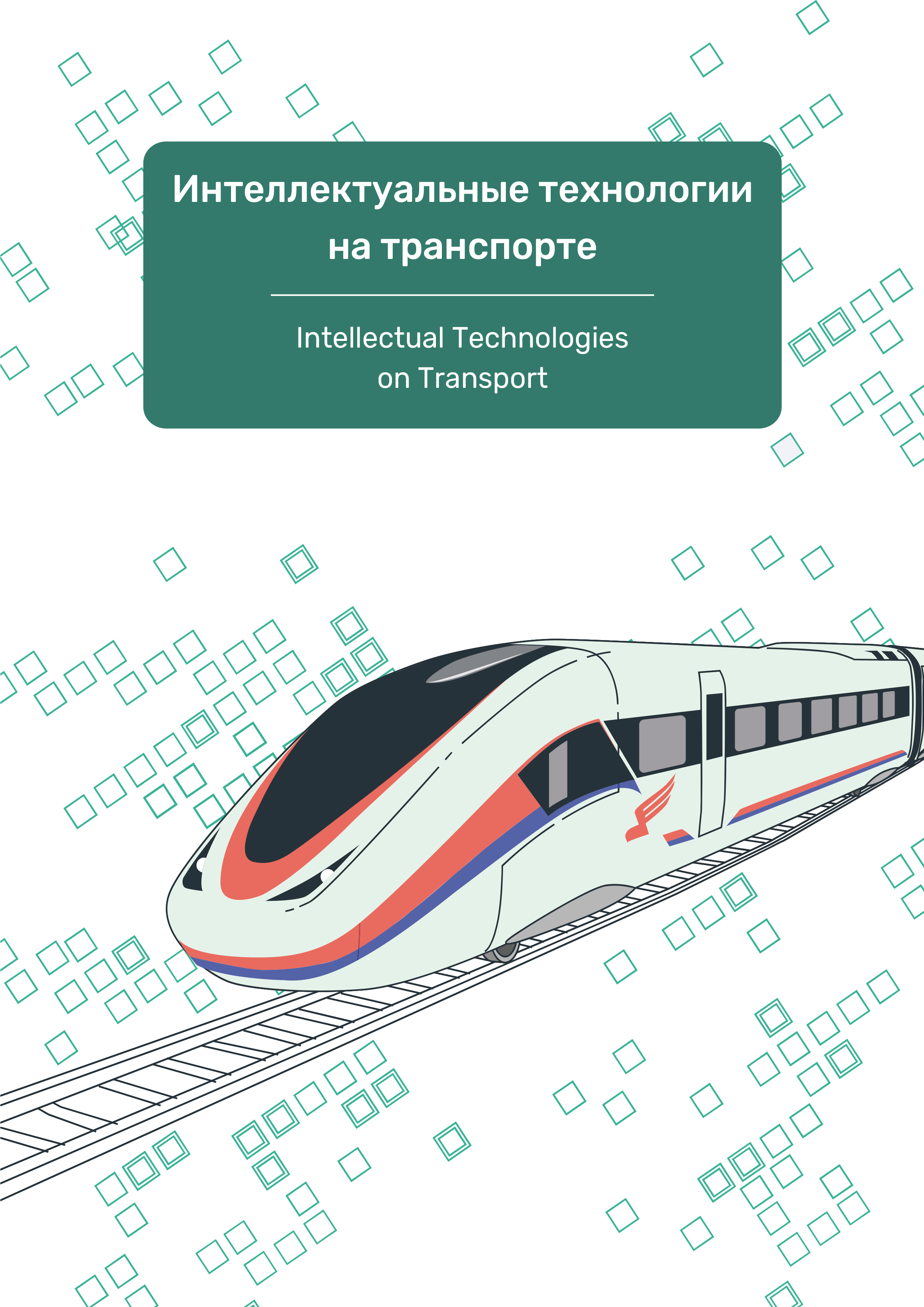In this article, the authors consider the problems of modern steganography. Starting with the presentation of a historical example of steganography, the authors classify contemporary steganography methods. The authors also offer a structural diagram of the steganographic system, which is based on further research. Further, the authors describe a simulation software model called a «⊕Highly Undetectable steGOsystem» or «⊕HUGO stegosystem» for short, implementing a steganographic method of transmitting a secret message embedded in a fixed digitized image. The article also discusses the principle of operation of the simulation software model and its steganographic justification. As an implementation algorithm, the authors used a cryptographic gamming algorithm using the function of bijective addition modulo two, conventionally denoted — ⊕. The authors determine the difficulty of detecting container change in this embedding method by calculating the Pearson correlation coefficient. The authors show that this model successfully improved information security when transmitting classified information in various electronic document management systems. The developed software model is much more efficient than the algorithm LSB, which is determined by higher performance and provides higher resistance to detection.
simulation software model, highly undetectable stegosystem, stegosystem ⊕HUGO, cryptographic agorhythm of gamming, bijective addition modulo two, Pearson correlation coefficient
1.










